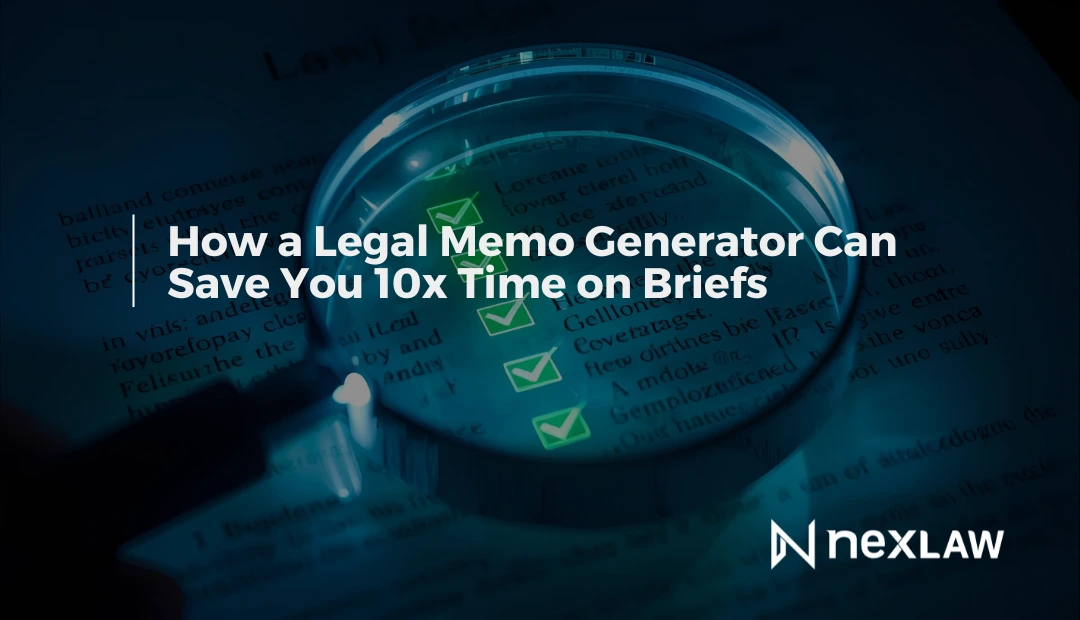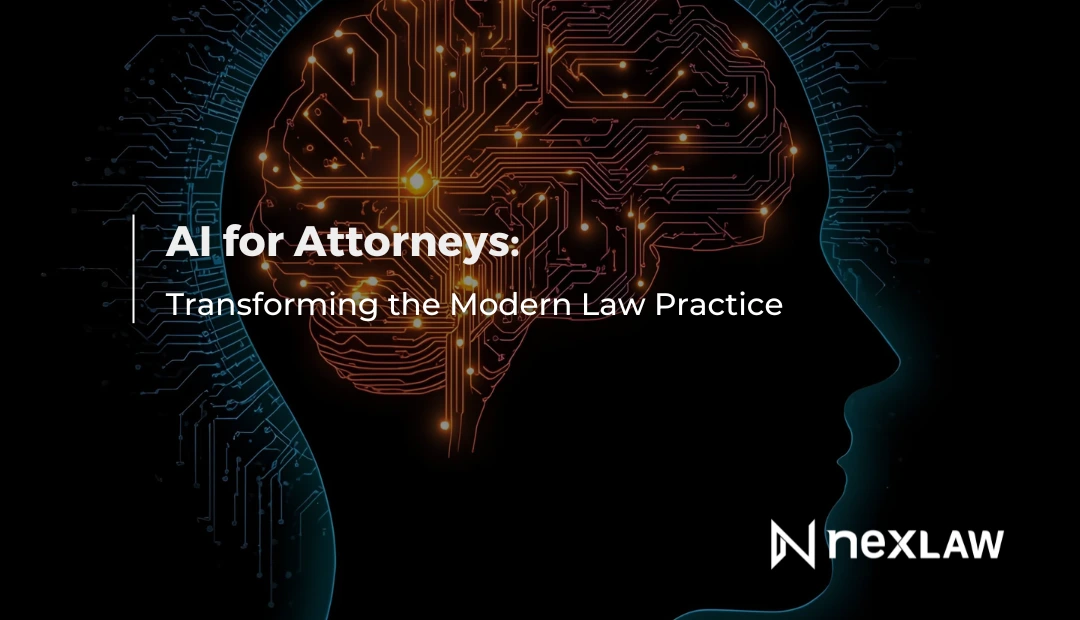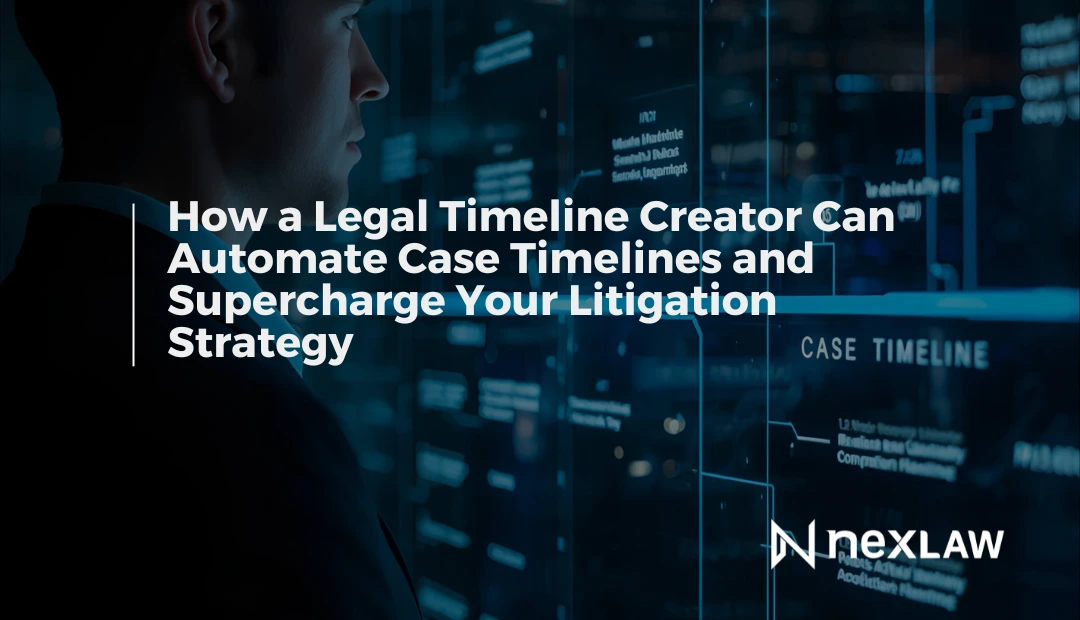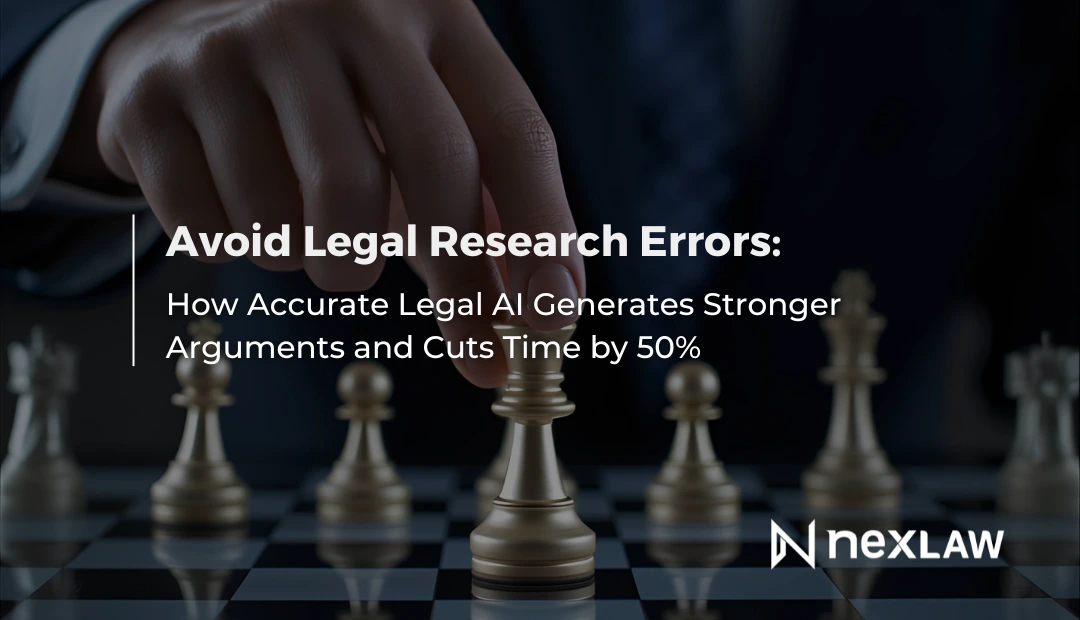import Form from ’../src/components/Demo/Form.vue’;
How a Legal Memo Generator Saves 10x Time on Briefs
Imagine this: Staring at a blank screen, knowing your next legal brief could take days to perfect, only to realize you’re burning through billable hours on repetitive research and formatting.
In today’s high-stakes legal landscape, where deadlines loom and caseloads swell, this scenario is all too common. But what if a legal memo generator could slash that time by 10x, turning exhaustive drafting marathons into focused, efficient sprints? Powered by advanced generative AI, these tools are revolutionizing how lawyers create legal briefs and memos, freeing you to focus on strategy, client advocacy, and winning cases.
Recent data paints a stark picture: Legal professionals dedicate up to 60% of their workday to document drafting alone. That’s hours lost to manual outlining, citation hunting, and revisions—time that could be reclaimed for higher-value work.
Enter the legal memo generator, an AI-driven powerhouse that automates the grunt work while ensuring precision and compliance. In this comprehensive guide, we’ll unpack how these tools work, their game-changing benefits (including those 10x time savings), a practical step-by-step implementation, real-world success stories, and tips to sidestep common pitfalls. By the end, you’ll see why adopting an AI legal memo solution isn’t just smart—it’s essential for staying competitive in 2025.
What Exactly is a Legal Memo Generator?
A legal memo generator is more than a fancy autocomplete; it’s a sophisticated AI system designed specifically for legal writing. It leverages natural language processing (NLP) and machine learning to ingest case details, statutes, and precedents, then output structured, professional-grade memos or briefs. Think of it as your virtual junior associate—one that never sleeps, hallucinates less than generic chatbots, and always cites sources accurately.
At its heart, the tool follows proven legal frameworks like IRAC (Issue-Rule-Analysis-Conclusion) or CREAC (Conclusion-Rule-Explanation-Application-Conclusion), tailoring outputs to your jurisdiction, tone, and complexity level.
Input:
A brief summary of a contract dispute under New York UCC law.
Output:
A polished memo with auto-generated headings, bullet-pointed key facts, hyperlinked citations to cases like Hadley v. Baxendale, and even risk-flagging sidebars.
Unlike broad AI models, dedicated legal memo generators integrate with verified databases (e.g., Westlaw or Lexis equivalents), minimizing errors and ensuring ethical compliance. They’re ideal for everything from internal advisory memos to court-ready legal briefs, making them a staple for solo practitioners, in-house counsel, and BigLaw teams alike.
The Transformative Benefits of an AI Legal Memo Tool
Why bother with a legal memo generator when you could stick to your trusted Word templates? The ROI is undeniable: These tools don’t just save time—they amplify your effectiveness. Here’s a breakdown of the top advantages, backed by 2025 industry insights.
1. 10x Time Savings on Legal Briefs and Memos
The headline benefit? Dramatically accelerated drafting. Traditional memo creation can devour 10–20 hours per document, but AI slashes that to 1–2 hours—delivering up to 90% time reductions in some workflows.
A Thomson Reuters report estimates generative AI could free up 240 hours annually per lawyer, equivalent to reclaiming an entire month's worth of productivity.
For firms, that’s thousands of billable hours redirected to strategy or new client acquisition. In practice, this means generating a full legal brief outline in minutes, complete with boilerplate clauses and precedent summaries. No more late nights cross-referencing footnotes—AI handles the tedium, letting you iterate on persuasive narratives.
2. Unmatched Accuracy and Error Reduction
Legal writing demands precision; one misplaced citation can torpedo a case. AI legal memo tools excel here, cross-verifying facts against millions of documents with 95%+ accuracy rates. They flag inconsistencies, suggest alternative precedents, and even predict counterarguments based on similar cases.
This is especially vital for legal briefs, where judges scrutinize every detail. By embedding verifiable sources, these generators reduce “hallucination” risks—a common AI pitfall—to near zero, keeping you compliant with ABA ethics rules.
3. Scalability and Customization for Any Practice
Whether you’re drafting a simple compliance memo or a 50-page appellate brief, legal memo generators scale effortlessly. Customize for firm branding, client preferences, or regional variations (e.g., EU GDPR vs. U.S. CCPA). Plus, they integrate seamlessly with tools like Clio or PracticePanther for end-to-end workflows.
For solo attorneys, this levels the playing field against larger firms; for enterprises, it streamlines volume drafting without bloating headcount.
Step-by-Step Guide: Mastering a Legal Memo Generator in Your Workflow
Theory is great, but implementation is key. Here’s a battle-tested workflow to integrate a legal memo generator into your practice—start to finish in under an hour.
1. Gather and Input Your Essentials
Begin by compiling core elements: Case facts, jurisdiction, key issues, and any existing research. Upload supporting docs (e.g., contracts or emails) via secure drag-and-drop.
2. Generate the Initial Draft
Hit “create,” and the AI assembles a structured draft. Expect sections like:
- Executive Summary: A 200-word overview of conclusions.
- Issue Statement: Concise framing with hyperlinks to statutes.
- Analysis: Bullet-pointed arguments with embedded case quotes, e.g., “As in Revlon, Inc. v. MacAndrews & Forbes Holdings, directors must prioritize shareholder value during sales.”
Most tools allow real-time previews, so tweak parameters (e.g., “Make it more aggressive”) on the fly.
3. Refine, Cite, and Polish
Review the output—AI gets 80–90% there, but your expertise shines in edits. Auto-generate Bluebook-compliant footnotes, then run a compliance scan for biases or gaps. Integrate visuals like timelines if needed.
4. Export and Collaborate
Download in DOCX, PDF, or even e-file formats. Share via integrated commenting for team feedback, closing the loop in minutes.
For even greater efficiency, combine this with legal research automation to pull fresh precedents directly into your generator, avoiding outdated info and further cutting prep time.
Common Pitfalls in Using Legal Memo Generators (and How to Dodge Them)
No tool is flawless—here’s how to maximize an AI legal memo without the headaches:
⚠ Pitfall: Over-Reliance on Outputs
AI drafts are starters, not substitutes.
⚠ Pitfall: Ethical and Privacy Oversights
Disclose AI use in filings and ensure HIPAA/GDPR compliance.
⚠ Pitfall: Generic Results
Vague prompts yield bland memos.
⚠ Pitfall: Integration Friction
Standalone tools disrupt workflows.
By anticipating these, you’ll harness the full 10x potential of legal briefs automation.
Unlock 10x Efficiency—Start Drafting Smarter Today
In an era where time is your scarcest resource, a legal memo generator isn't a luxury—it's a lifeline. From slashing drafting hours by 90% to fortifying arguments with ironclad accuracy, these AI tools empower you to deliver superior legal briefs without the grind.
Ready to reclaim your calendar?
Dive into NeXa's AI-powered legal memo generator and experience 10x faster, verifiable drafting firsthand.





